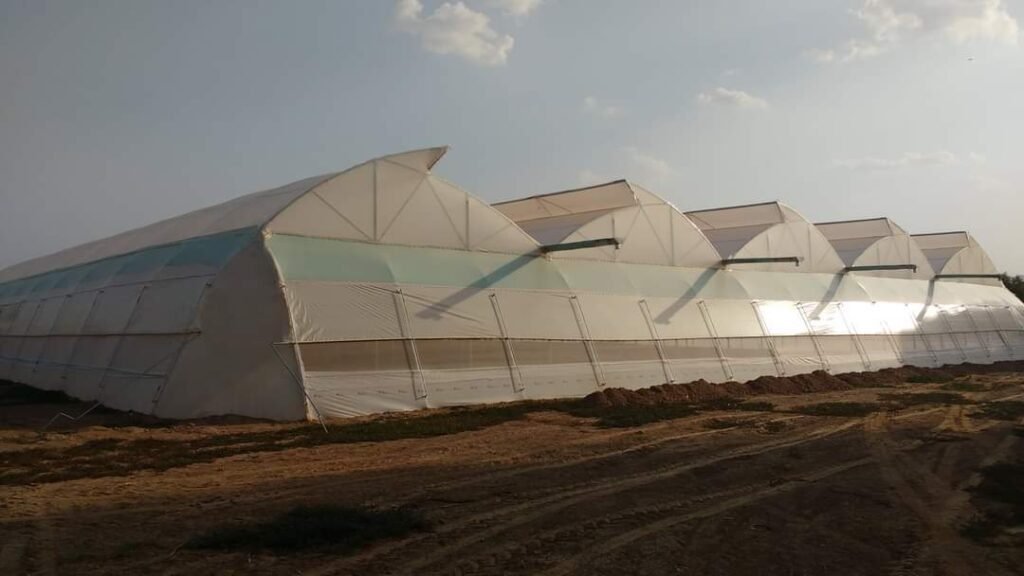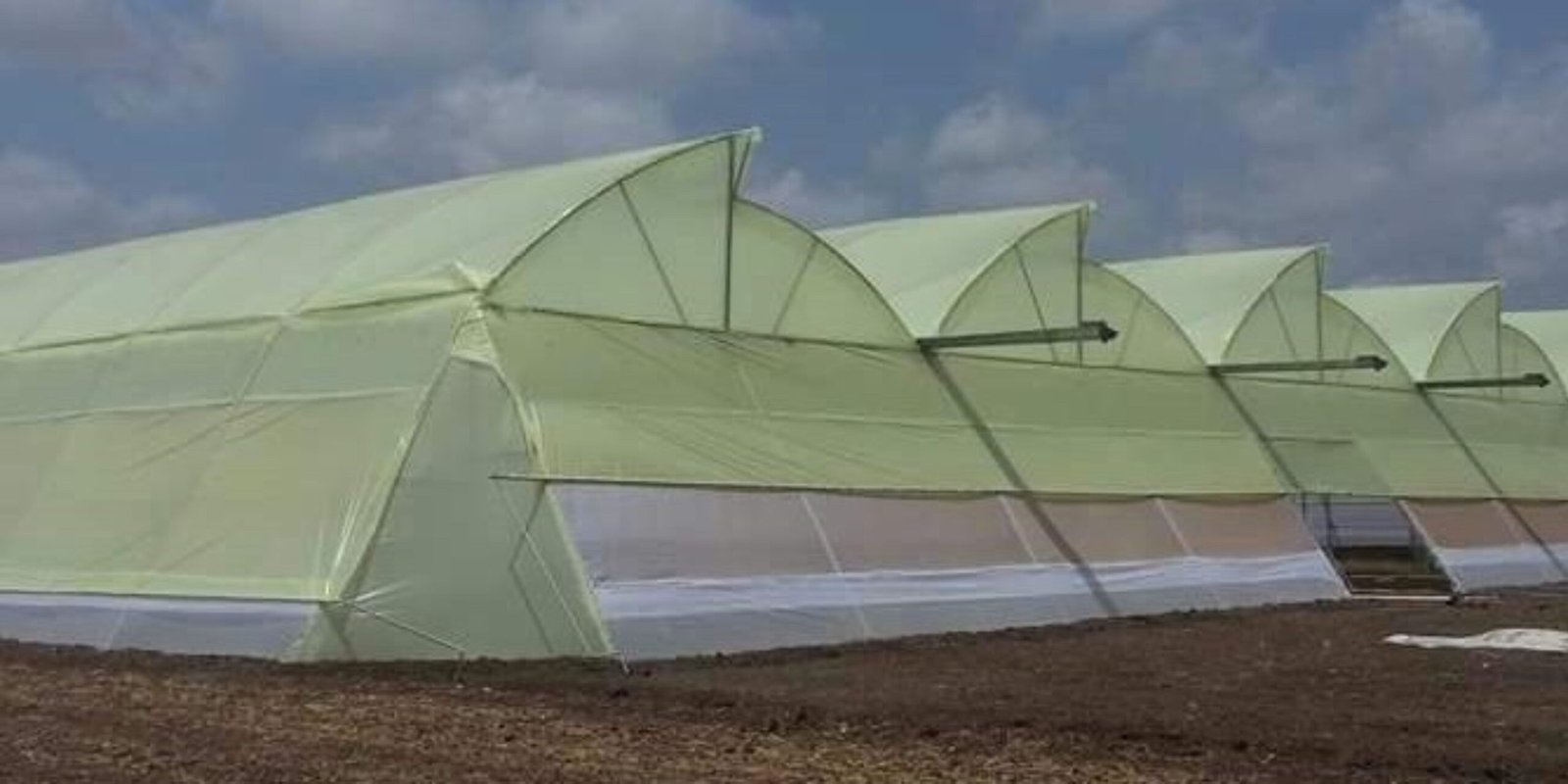Introduction
Poly houses are transforming the agricultural landscape in India by offering farmers the ability to grow crops under controlled conditions. This blog explores the features, benefits, and applications of poly houses.
What is a Poly House?
A poly house is a structure covered with a transparent polythene sheet that creates a controlled environment for crop cultivation. It is designed to regulate temperature, humidity, and light, making it ideal for high-value crops.

Advantages of Poly Houses
- Year-Round Cultivation: Grow crops regardless of season or weather conditions.
- High Productivity: Controlled conditions lead to faster growth and higher yields.
- Disease and Pest Management: Minimizes exposure to pests and diseases.
- Water Efficiency: Advanced irrigation systems conserve water while ensuring optimal hydration for plants.
Crops Grown in Poly Houses
Farmers use poly houses to cultivate strawberries, bell peppers, cucumbers, tomatoes, and exotic vegetables like lettuce and broccoli. Flowers such as gerbera and carnations also thrive in these structures.
Cost and Government Support
Poly houses require an initial investment of ₹800 to ₹1200 per square meter, depending on size and materials. However, subsidies and financial assistance from the Indian government make them a feasible option for many farmers.
Challenges and Maintenance
Maintaining a poly house involves regular checks for tears in the covering, ensuring proper ventilation, and monitoring temperature and humidity levels. Investing in quality materials and timely repairs ensures long-term benefits.
Conclusion
Poly houses are a game-changer for Indian agriculture, offering a sustainable and profitable way to grow crops. With proper planning and support, they can significantly enhance productivity and farmer livelihoods.


